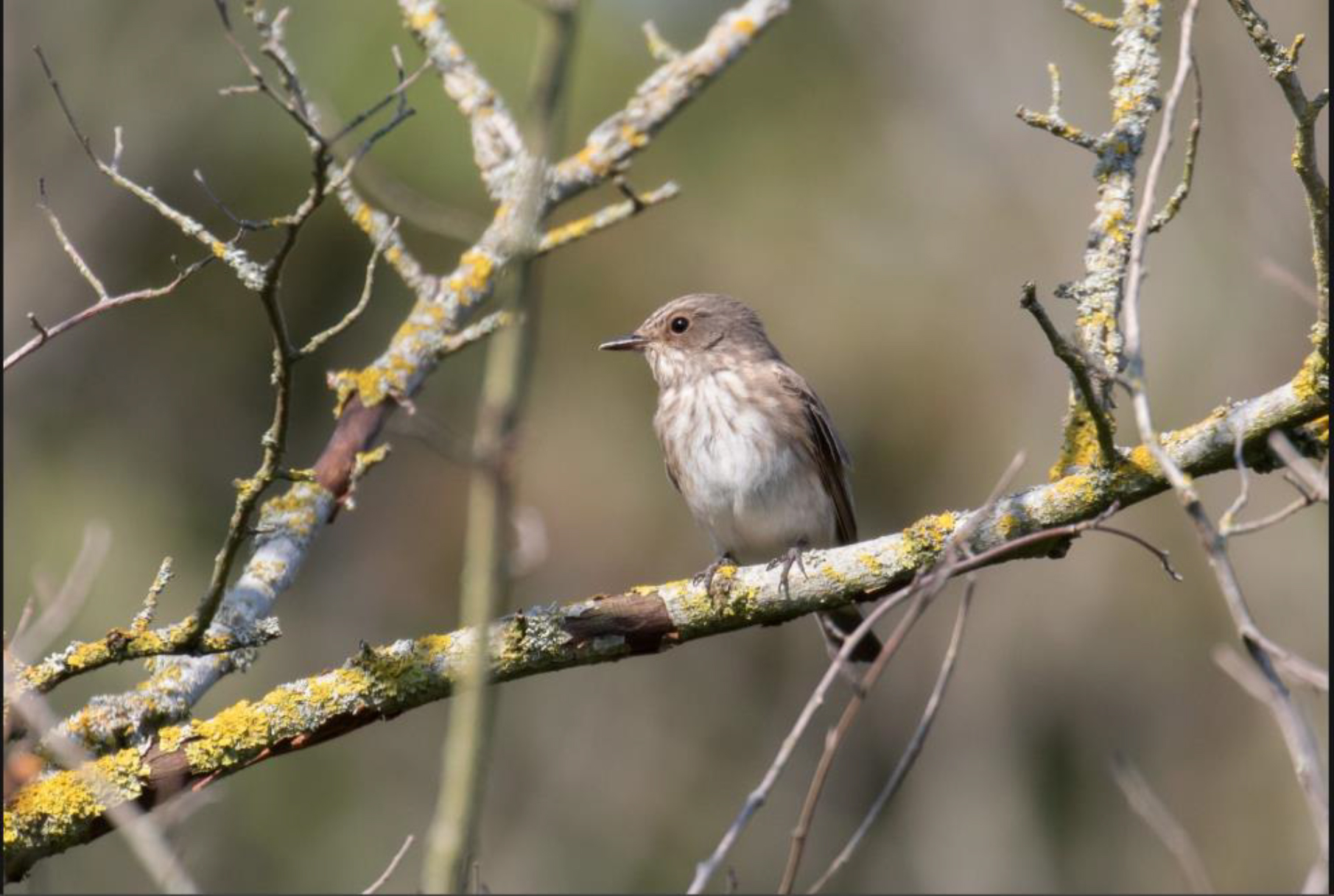This is a summary of the birds, and some other wildlife, recorded in the Lye Valley, Warneford Meadow and Southfield Golf Course area of Oxford in June, July and August 2019.
Birds
Summer sees the breeding season come to a close, with many young birds present. By mid-August, the first migrant species are beginning to pass through and this period produced some exceptional records. Thanks to good observer coverage (chiefly by Dave Lowe, Isaac West and I) some 10 new species were added to the site list this summer: Garden Warbler, Marsh Tit, Little Egret, Raven, Sand Martin, Yellow Wagtail, Ring-necked Parakeet, Pied Flycatcher, Spotted Flycatcher and House Martin. Whilst some of these are common species that one would expect to add in the first year of our coverage, Pied Flycatcher is a county rarity with typically only a couple of records per year in Oxfordshire.
This takes the total number of bird species recorded this year to 68. The illustrated eBird checklist is here. Keen-eyed observers will note that this list shows 67 species at present, as the Pied Flycatcher record is still awaiting verification from eBird. We have no idea how long this process takes, but as the bird was photographed this should be a formality.
It is always a joy to see the first Swift of the summer. The first bird over the Lye Valley was recorded on May 18th this year. They were present all summer, with a late bird on 30th August seen by Isaac West.

Little Egret is an occasional visitor the Lye Valley north fen. This bird flew over down the valley on 13th August:

Red Kite and Buzzard were common visitors over the summer and Kestrel bred nearby. Sparrowhawk is the least common of the regularly seen raptors. This bird was in the Barracks Lane scrub:

Unfortunately a dead juvenile Sparrowhawk was found on the golf course in August, though it showed no outward signs of foul play:

Jay numbers have begun to build up as late summer turns into autumn. Carrion Crow and Magpie are the most abundant corvids, with over 20 Magpie recorded on some days:

The first, and only, Marsh Tit was recorded on 15th June. Of the hirundines, Swallow is recorded infrequently and House Martin is almost rare! This year we added Sand Martin to the Lye Valley bird list before House Martin, despite the fact that Sand Martin is an uncommon migrant away from water.
The post-breeding dispersal of phylloscopus warblers resulted in many Chiffchaffs and the odd Willow Warbler being recorded. Chiffchaff certainly bred locally, unlike Willow Warbler which appears to be a passage migrant here.


Dave Lowe found the first Garden Warbler of the year on 6th June, up to 3 were recorded, usually in the golf course area.

Both Whitethroat and Lesser Whitethroat were recorded as autumn passage migrants in late August:

Woodland species, such as Nuthatch and Song Thrush, are very vocal in spring, but become less so once breeding season is over. Both species are still present, just less easy to record:


Bank Holiday Monday was a day not to be forgotten. Dave Lowe and I had already found the first Yellow Wagtails and Ring-necked Parakeets for the area, when we were amazed to discover a Pied Flycatcher in trees on the golf course. The full story is here. Later the same day Isaac West, whilst seeking out the Pied Flycatcher, found at least 5 freshly arrived Spotted Flycatchers. Dave Lowe found another Spotted Flycatcher three days later. Such a purple patch of good birds will not occur often, but demonstrates that the site can attract migrant birds.




Other wildlife: Butterflies and moths
First, the usual caveats about non-avian identification apply here: whilst I am competent at bird identification, I am less so with other forms of wildlife. If you spot an erroneous butterfly, moth, mammal or reptile identification below, please do let me know!
Below is a photographic record of some of the other wildlife recorded this summer in the Lye Valley Area:










Damselflies, Darters, Hawkers and Chasers






Mammals
Along with the usual Red Foxes and Badgers, Roe Deer were seen occasionally in the valley:

Muntjac are abundant and with up to 8 being seen daily.

The scars on the face and throat of the Muntjac below give some insight into their lives:

Reptiles
Common Lizard was the smallest reptile seen during this period. Adults are only infrequently seen out sunbathing, but young lizards could be found occasionally. They appear as tiny dark shapes and move away very quickly. If seen well, the long lines of gold spots of their bodies can be made out:

Slow-worms are the commonest of the three regularly recorded reptile species. Slow-worms are lizards without legs. Like lizards, they can shed their tails and can blink with eyelids. Snakes do none of the above. Adult females are pure bronze with darker flanks:

Males are paler below and lack the dark flank stripes:

The largest reptiles recorded were adult Grass Snakes. I came across this adult when out looking for reptiles with my daughters. I don’t think they will ever forget the excitement of seeing this large snake move away through the meadow.

The Lye Valley area has produced some amazing wildlife moments over the summer of 2019. Now we wait to see what autumn will bring.
